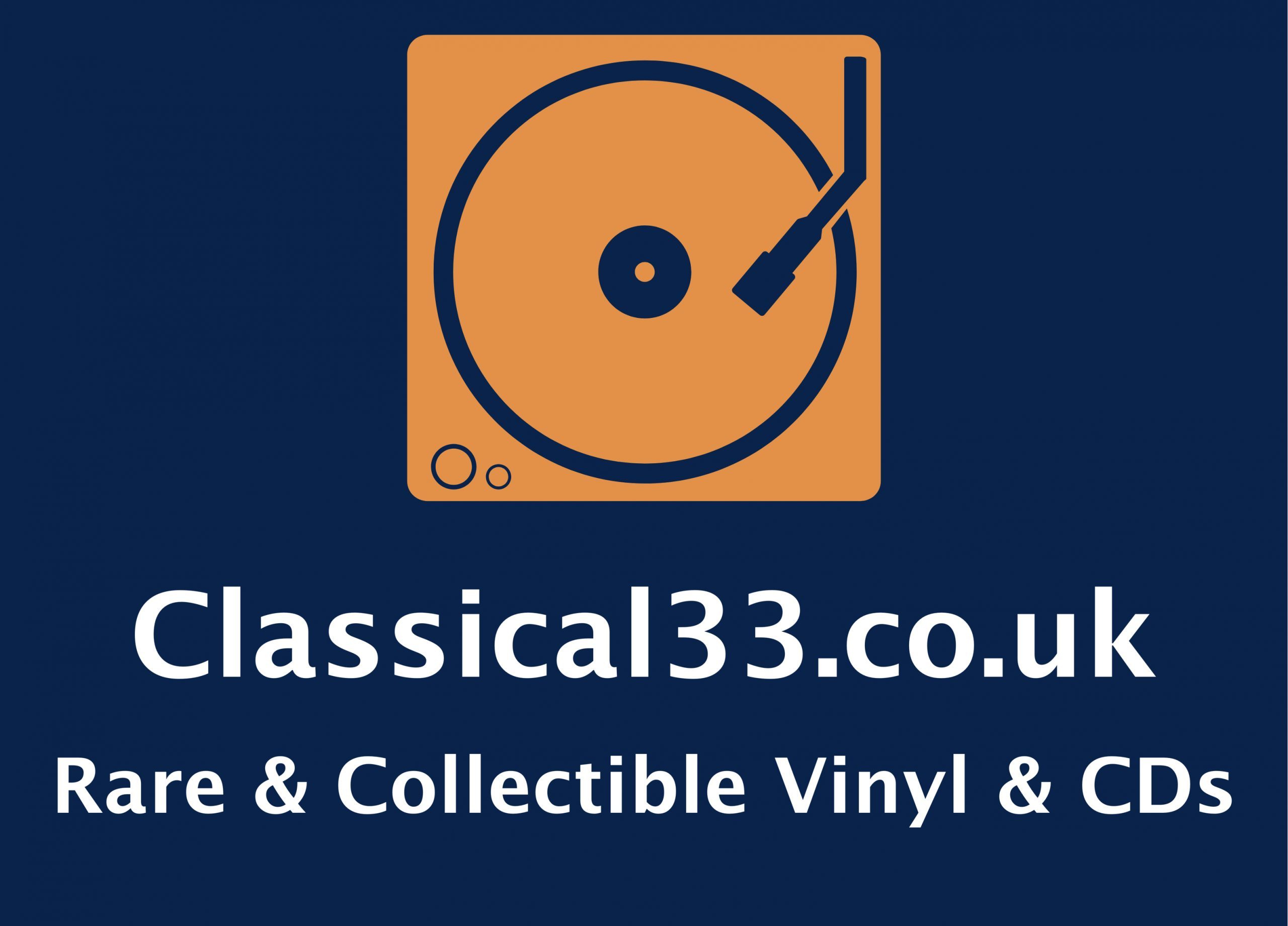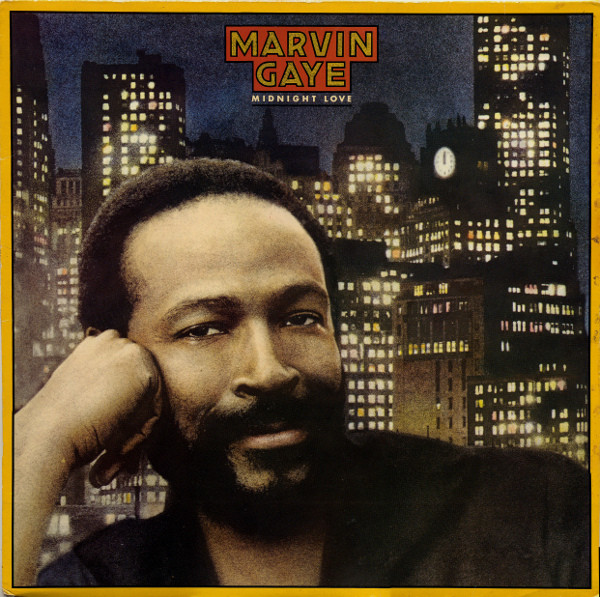
Music has long been recognised as a powerful therapeutic tool, capable of evoking deep emotional responses, relieving stress, and even aiding in physical rehabilitation. While digital music dominates today’s landscape, a resurgence of vinyl records has sparked interest in their potential therapeutic benefits. Vinyl’s unique sound qualities and the tactile experience it provides are being explored by music therapists and embraced by patients for their healing properties.
The Therapeutic Qualities of Vinyl
Vinyl records offer a distinctive listening experience. Unlike digital formats, which can sometimes sound sterile due to compression and digital processing, vinyl provides a warm, rich, and full sound. This analog format captures a wide range of frequencies, creating a more immersive auditory experience. Music therapists argue that this quality helps to elicit stronger emotional responses from patients.
Therapist Sarah Thompson, who has incorporated vinyl into her practice, explains, “The warmth of vinyl can evoke a sense of nostalgia and comfort, which is incredibly beneficial for patients dealing with anxiety, depression, or trauma. The physical act of placing a record on a turntable and gently lowering the needle is also a mindful activity that can help patients stay present and engaged.”

Patient Experiences
Patients have reported various positive experiences when integrating vinyl records into their therapy sessions. John, a 45-year-old patient dealing with chronic pain, shares how vinyl has become an essential part of his therapy. “The sound of vinyl takes me back to my childhood, to simpler times. It helps me relax in a way that digital music never has. The act of choosing a record and playing it from start to finish forces me to slow down, and that process alone has been therapeutic.”
Mary, a patient in her 60s coping with early-stage Alzheimer’s, has also found solace in vinyl records. Her therapist uses familiar songs from her past to trigger memories and stimulate cognitive function. “Listening to records from my youth helps me remember the good times,” she says. “It’s like a bridge to my past that digital music just can’t replicate.”
The Role of Ritual and Routine
The ritualistic nature of playing vinyl records adds another layer of therapeutic benefit. The process of selecting an album, handling the record with care, and attentively listening to the music can foster a sense of routine and stability, which is particularly beneficial for individuals dealing with mental health issues.
Dr. Emily Hartman, a music therapist, emphasises the importance of these rituals. “For patients with anxiety or obsessive-compulsive disorder, the predictability and control associated with the process of playing vinyl can be very calming. It’s an activity that requires focus and intention, which can help divert attention from distressing thoughts and feelings.”

Connecting Through Shared Experiences
Vinyl records also serve as a medium for building connections between therapists and patients. The shared experience of listening to a record, discussing the music, and exploring the emotions it evokes can strengthen the therapeutic relationship. This bond is crucial for effective therapy, as it creates a safe and trusting environment for patients to express themselves.
Therapist Mark Johnson recounts a breakthrough moment with one of his patients. “We were listening to a classic rock album on vinyl, and my patient started sharing stories from his teenage years that he had never talked about before. The music opened up a new avenue for us to explore his past and understand his present struggles.”
Challenges and Considerations
Despite its benefits, incorporating vinyl into music therapy does come with challenges. Vinyl records and turntables require careful maintenance and can be more cumbersome to use compared to digital devices. Additionally, the cost of acquiring and maintaining a vinyl collection can be prohibitive for some therapists and patients.
Therapists also need to be mindful of the specific needs and preferences of their patients. Not everyone may respond positively to vinyl, and it’s important to tailor the therapeutic approach to each individual.
Conclusion
Vinyl records have carved out a unique niche in the field of music therapy, offering a blend of nostalgic comfort, sensory engagement, and ritualistic routine that can be particularly effective for certain patients. While not a one-size-fits-all solution, vinyl’s resurgence in therapeutic settings underscores the enduring power of music to heal, connect, and transform. As more therapists and patients discover the benefits of vinyl, this analog medium may continue to play a vital role in the evolving landscape of music therapy.





















